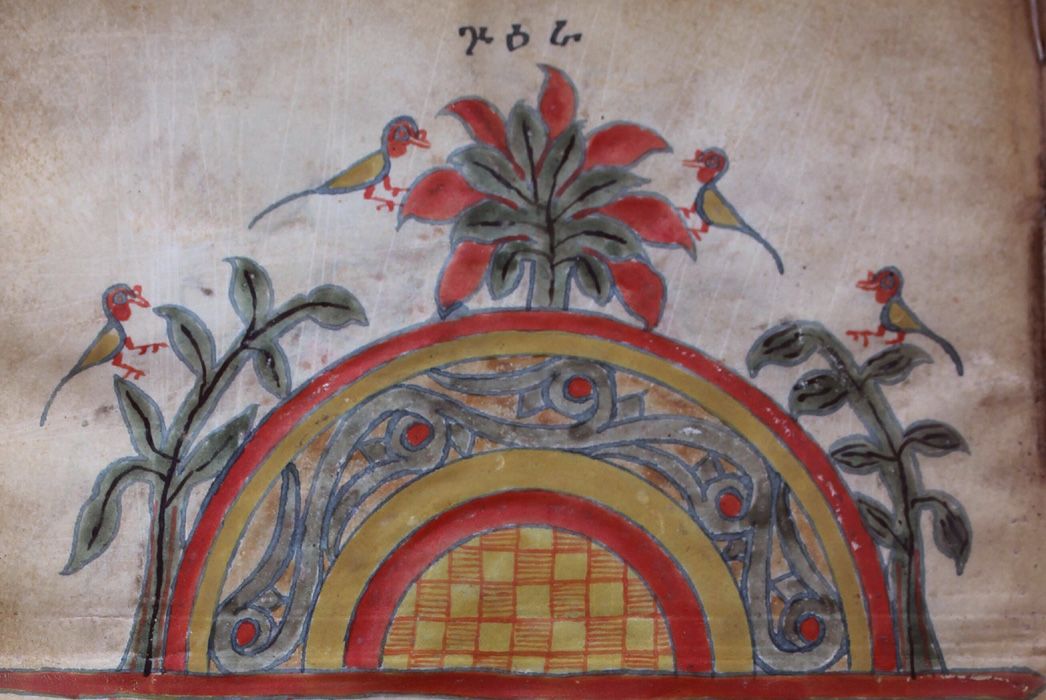

|
THE MONASTERY OF DÄBRÄ SAHEL (ETHIOPIA, TIGRÉ): THE STUDY AND PRESERVATION OF AN HISTORIC SITE In 2007, an international group of researchers who were looking for a lost rock-cut church in the Ethiopian mountains of Tigré province, reached the place called Agwaza. Welcomed by the local people, they were shown the community's church and its belongings. When the site received preliminary examination, it turned out to be Däbrä Sahel – a large monastic community mentioned in several historical sources, but never properly localised by scholars, that once flourished on top of Agwaza-mountain. Another important discovery which filled the gap in our knowledge of the history of the Ethiopian Church was the association of a gravesite with the Ethiopian Patriarch Bartaloméwos. He is referred to in several Ethiopian documents because he held his post during the reign of eight Ethiopian rulers and was engaged in doctrinal quarrels which took place at the turn of the 14th and 15th c. It seems that the monastery and neighbouring hermitages experienced a gradual decline during the 19th C and fell into oblivion when the last monk died some twenty years ago. At that point the local inhabitants undertook the considerable economic enterprise of excavating at the foot of the cliff a new church, which replaced the monastic one situated at the very crest of the mountain and accessible only by means of a chain. The liturgical objects were transferred from the upper church to the lower church. The scholars found in the latter a large number of liturgical books and high quality art objects. Among the former was a geniza containing fragments of manuscripts, some of them very old. Particular value is represented by the so called Golden Gospel book, perfectly preserved and containing several important historical documents. In 2010-2011 an international team of eight scholars was involved in a project partly funded by SIDA. Its aim was to study the site from the historical, architectural and artistic points of view and safeguard its cultural heritage. The project included an extensive amount of field research, which concentrated on recording the materiel for further research and on taking steps leading to the preservation of the manuscripts and art objects while they await an extensive conservation campaign in the future. Last Update 13 Oct. 2015 |
